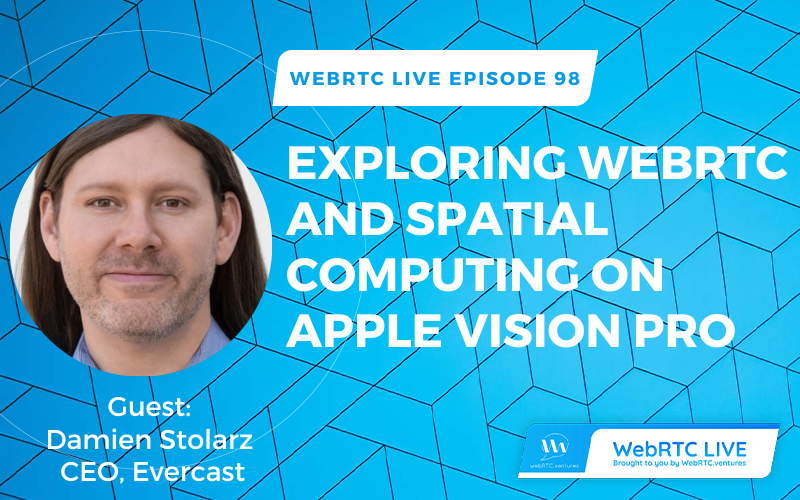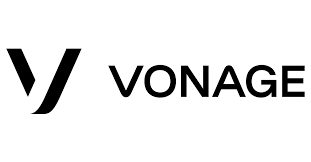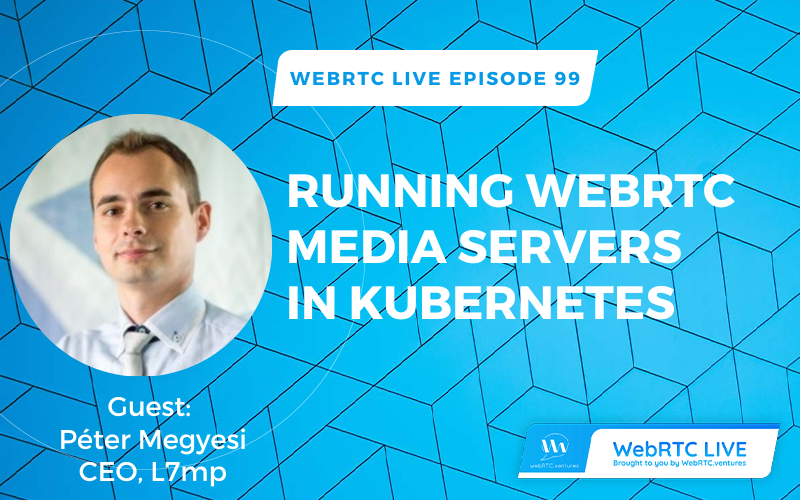On February 19, 2025, Péter Megyesi, CEO of L7mp, joined host Arin Sime to dive into the complexities of running WebRTC media servers in Kubernetes environments. While containerization of WebRTC applications has become common practice, integrating these containers into Kubernetes presents unique challenges due to WebRTC’s distinct networking

On January 22, 2025, Damien Stolarz, CEO of Evercast, joined host Arin Sime to discuss how his team added real-time communications into Apple Vision Pro for a collaboration experience like none other. Evercast is a high-resolution, high-color, ultra-low-latency, surround-sound conferencing and streaming software. It’s used for secure remote editing

On a special year-end episode of WebRTC Live on December 11, 2024, guest host WebRTC.ventures COO Mariana Lopez and four WebRTC.ventures technical leaders shared insights from real-world projects, showcasing four key areas that are transforming the WebRTC landscape: Bonus Content Watch Episode 97! Key Insights ⚡ AI

Custom SignalWire Solutions Built by WebRTC.ventures Founded by the creators of FreeSWITCH, SignalWire is a communications platform with Programmable APIs for voice, video, and messaging solutions favored by developers including WebRTC.ventures for its real-time communications and contact center solutions. SignalWire stands out for its flexibility and developer-friendly







